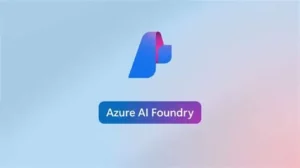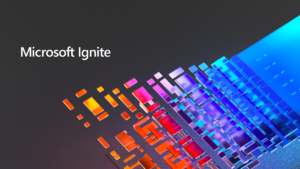Recently, Microsoft partnered with the Pacific Northwest National Laboratory to embark on an ambitious quest: to revolutionize battery technology using AI. Their journey, detailed in a recent announcement, highlights not just a breakthrough in science, but a testament to the power of collaboration and innovation.
In the race toward sustainability, finding the next generation of battery technology was crucial. But what if we told you the how is more impressive here than the what?
Enter artificial intelligence (AI) and the Azure Quantum Elements platform, a dynamic duo that spearheaded a large portion of this groundbreaking research. Working together, Pacific Northwest National Laboratory and Microsoft were able to go from millions of potential materials to a single solution in a fraction of the time it traditionally takes.
The collaboration between Microsoft and the Pacific Northwest National Laboratory began with a staggering 32 million potential materials – a daunting task for any research team. But armed with AI, they swiftly narrowed down the options. Through meticulous simulations and processing, AI initially whittled down the pool to a manageable 500,000 stable materials. Microsoft’s AI capabilities further refined this selection to just 800 potential candidates. Then, leveraging the Azure platform’s molecular dynamics, aided with human validation and guided by AI models, the team was able to bring the count down to a mere 18 potential options. Finally, through rigorous human testing, a new battery material emerged – one that promises sustainability, durability, and safety.
What’s truly remarkable is the speed at which this breakthrough occurred. In a mere 9 months, the collaboration progressed from sifting through millions of materials to identifying a single, tested solution. That’s some pretty impressive project management. This rapid pace of discovery marks a paradigm shift in scientific research, where AI and technology converge to accelerate innovation.
But why does this matter beyond the realm of battery technology? While much attention has been directed towards AI’s impact on consumer experiences, this achievement underscores its potential in solving complex, real-world problems. Microsoft’s AI platform, integrated with Azure Quantum Elements, transcends conventional boundaries, bringing together high-performance computing (HPC) and quantum workloads. This unified approach enables organizations to tackle intricate challenges with unprecedented efficiency, without the need for expertise in quantum computing.
In essence, Microsoft’s breakthrough may be indicative of a larger path toward a future where AI-driven innovation reshapes the landscape of scientific discovery.




